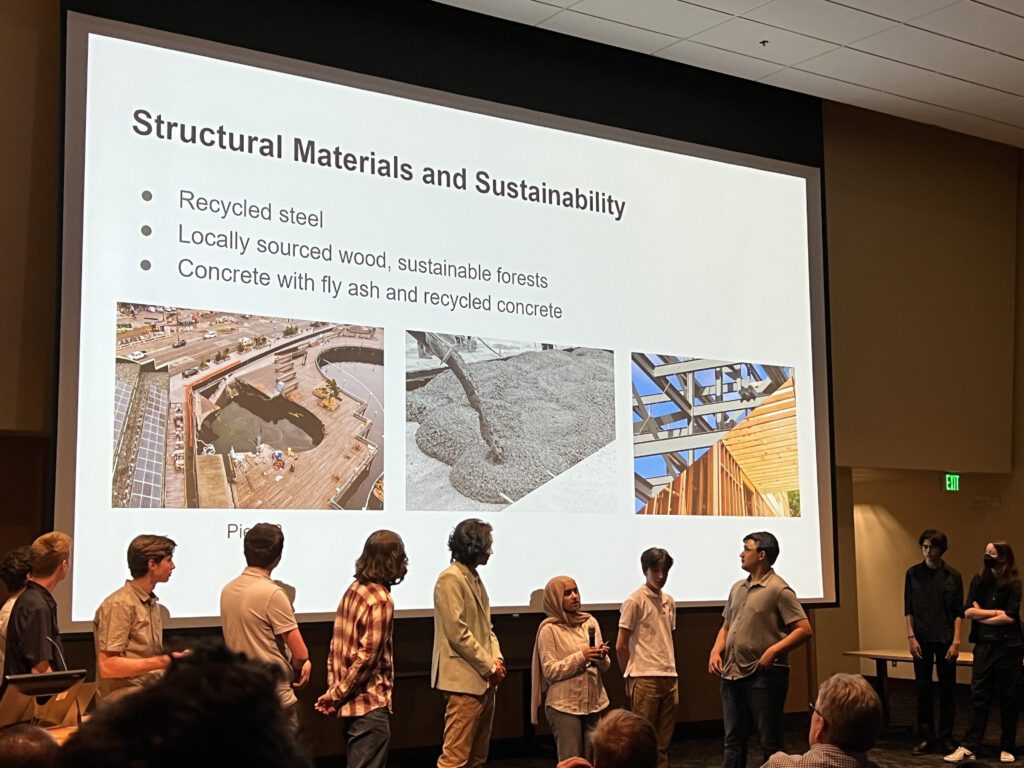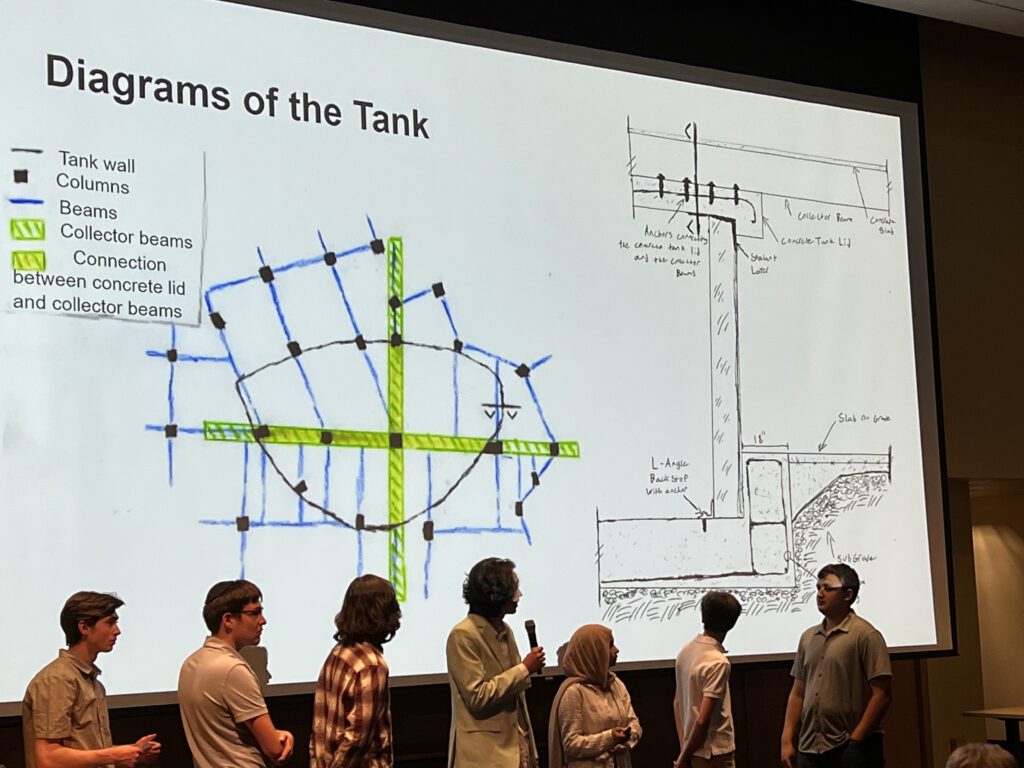Lund Opsahl celebrated Back-to-School by reflecting on the impact of the ACE Mentorship Program. Since 2001, the ACE Mentor Program of Washington has helped 4,000+ students learn all about the architecture, engineering, and construction professions.
Our ACE volunteers, Chris and Casey, presented to the office about the program and why they participate.

“Fundamentally, my inspiration for entering structural engineering is the satisfaction that comes from using knowledge of the physical sciences to elegantly solve practical problems that both supports an architectural vision and promotes the safety and welfare of the public. Arriving at this distilled inspiration was the result of years of scaffolded opportunities to learn, explore, and experiment. From childhood teachers and family members who encouraged my curiosity and supported my learning interests, to high school mentors who wrote letters of recommendation for college and taught me AP Calculus, Physics, and Engineering—my journey to the industry was paved by the support and mentorship of others.
The impact of mentorship became especially prominent for me a few months after graduating. Like many late-2019/early-2020 graduates, my post-graduation plans were derailed when the COVID-19 pandemic wreaked havoc on the world. After shooting off resumes like emergency flares to engineering firms along the West Coast, I received a memorable phone call from a senior project manager at a water resources engineering firm. He began by sharing his experience in the industry during the 2008 financial collapse and recession. He spoke transparently and empathized with my feelings of uncertainty. He provided support, advice, and clarity by answering my questions about the industry, job-searching, and the importance of following what inspires and motivates you when pursuing a career. In the context of the disappointment, frustration, and loss of the pandemic, his mentorship was immensely impactful.
Mentorship can be as involved as the consistent support I received throughout childhood and adolescence, or as simple as the frank phone conversation the project manager provided during a tough time.
Shortly after beginning my career at Lund Opsahl, one of our founding Principals, Marjorie Lund, introduced me to the ACE Mentor program. It was evident to me that ACE provided the opportunities, resources, support, and mentorship that inspired and enabled my path into structural engineering. ACE’s emphasis on engaging students and communities traditionally underrepresented in the industry was especially enticing for me, because it resonates with my goal to contribute to a future where more students have access to the support and resources that enabled my success.” – Chris Cattron, EIT
“My inspiration for Structural Engineering stems from the enjoyment of solving puzzles and observing the variability of the built environment in different cities and cultures. Engineering provides puzzles of a wide range of scale and difficulty, creating the need for unique and innovative solutions, from the large whole-building concepts to the fine details of connections. I was originally introduced to the field of Structural Engineering by accident. In high school, I signed up for a computer drafting class my junior year. By the end of the year in this class, I had begun working on recreating Architectural plans from a book into AutoCAD as extra credit, which I found I enjoyed thoroughly. The teacher then recommended me to a class where I would learn the basics of Architecture and creating buildings. I took this class Senior year and while I learned I did not love the Architectural aspect of building design, there was a subtopic of engineering that I really connected with and thus decided that this would become the career I would pursue into university.
Originally, I learned of the ACE program during my Senior year of high school, but by then it was too late for me to join, so I talked with other students at my school who were in the program and lived vicariously through them. Some of them had been in the program multiple years and were able to try a different discipline each year to find the best fit for them. This opportunity to try out and engage in multiple disciplines of building design is an important influence on how I view my involvement with the ACE Mentorship program. High school years are already a difficult time for many students, so the ability to filter through different career opportunities and identify the best fit to pursue can help ease further stress in university. I use my Mentorship in the program to present to the students what the typical job of a Structural Engineer is like when working through various puzzles presented and developing a building design as a collaborative team of many different types of people.
After completing college and entering the workforce full-time in 2017, I became involved with volunteering through SEAW Outreach and SEFW by the encouragement of my former boss and mentor. These volunteering events were typically geared towards young students in elementary and middle school. Explaining Structural Engineering in language understandable to them and providing fun, yet simple, activities was difficult but rewarding when they became thoroughly engaged. It made me realize that participating in volunteering was key to developing the future of the profession, but I wanted to mentor students as they prepare for university.
After the pandemic, I was reminded of the ACE program and the influence it had on my peers while I was in high school. I decided to try Mentorship for the 2022-23 school year and found that this type of volunteer mentorship was exactly as fulfilling as I had imagined. Interacting with the students as they used their knowledge to grasp concepts and identify problems, ask questions, and work to solve the problems was thoroughly exciting. By the end of the program year, the seniors in our engineering group seemed enthusiastic to learn more about the fundamentals of engineering in college while the underclassmen were looking forward to another year to try the other disciplines. I am excited to continue providing my mentorship to new waves of students so that they can lead the future of the engineering profession.” – Casey Moore, PE


